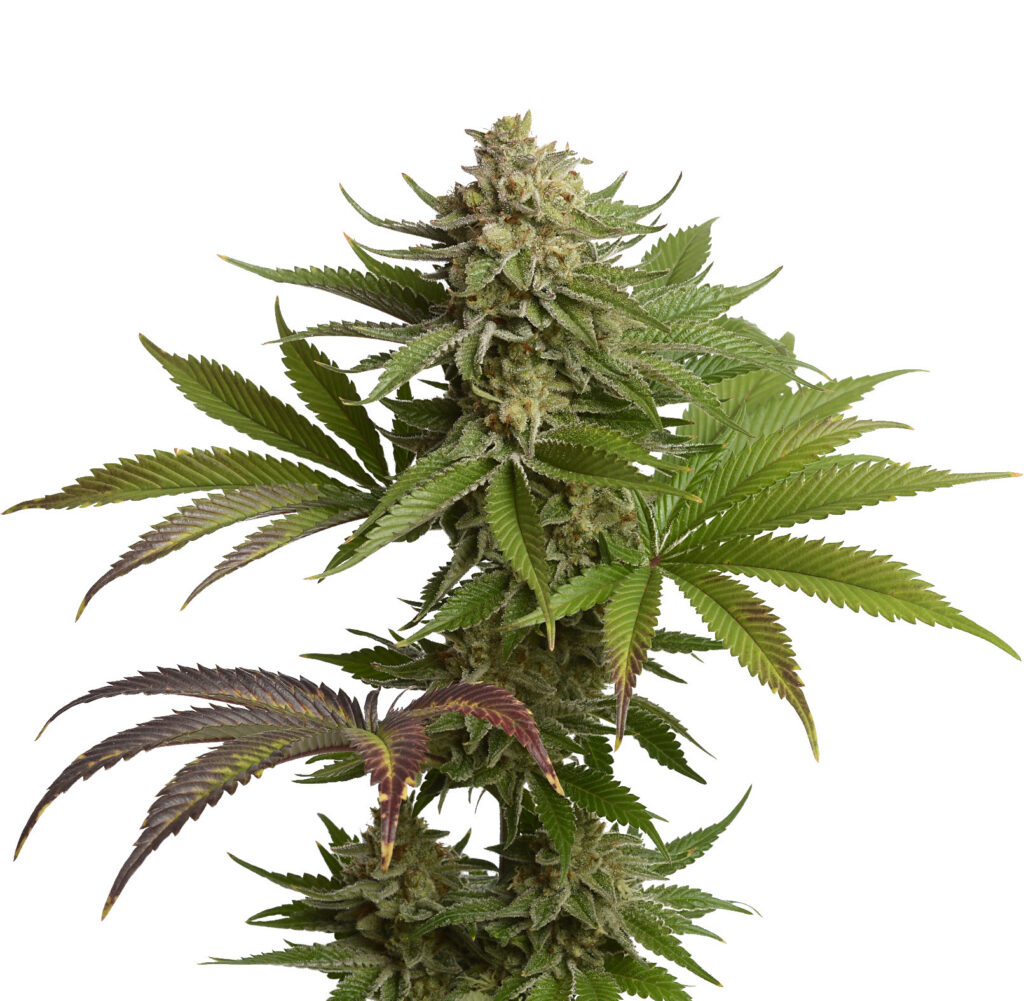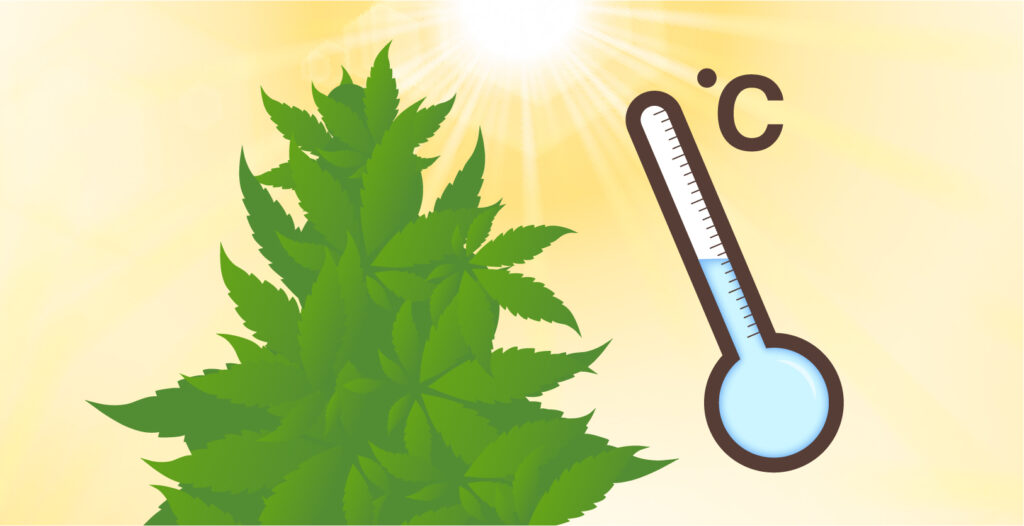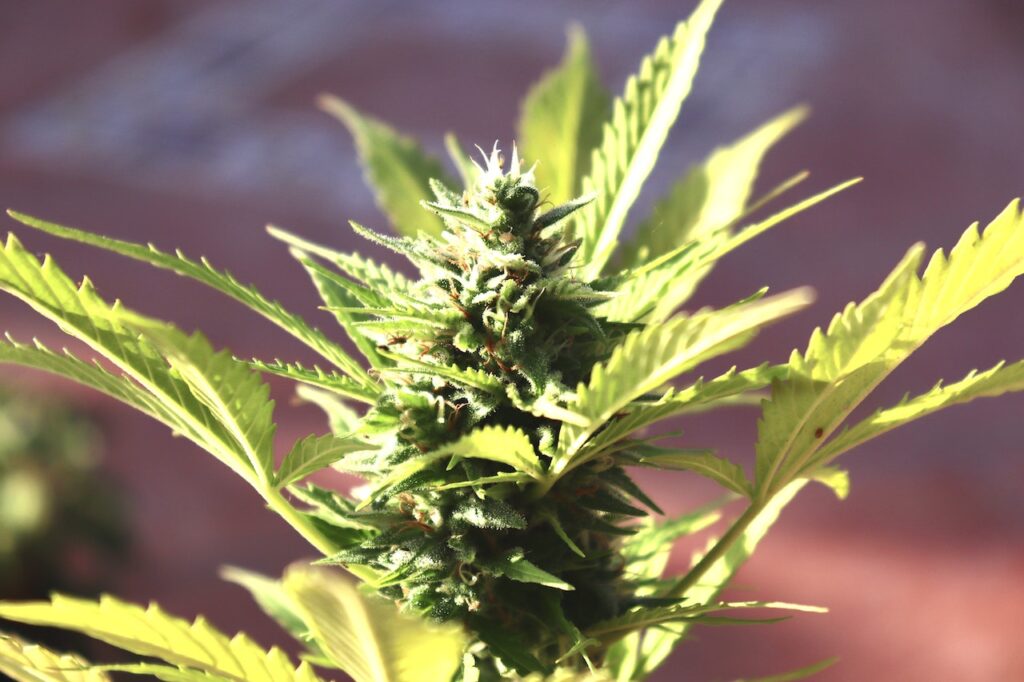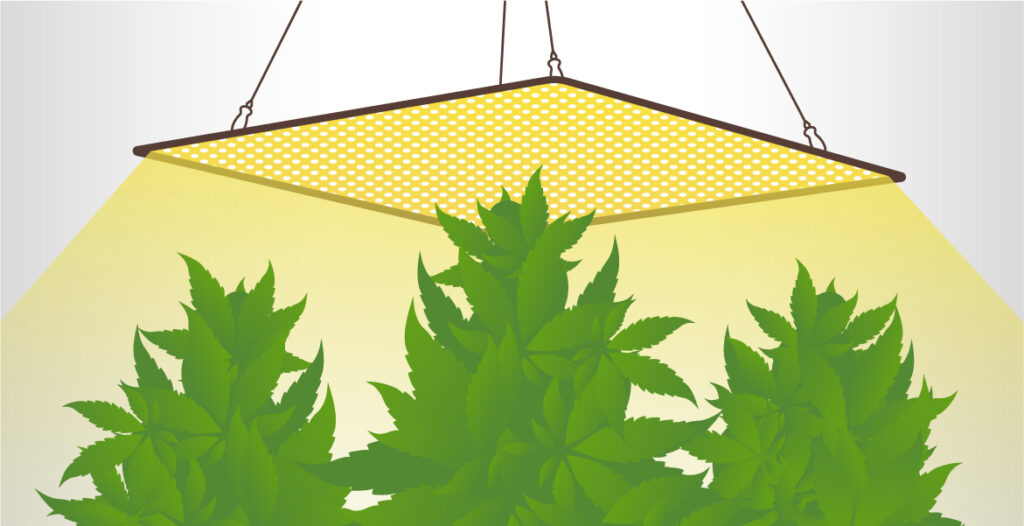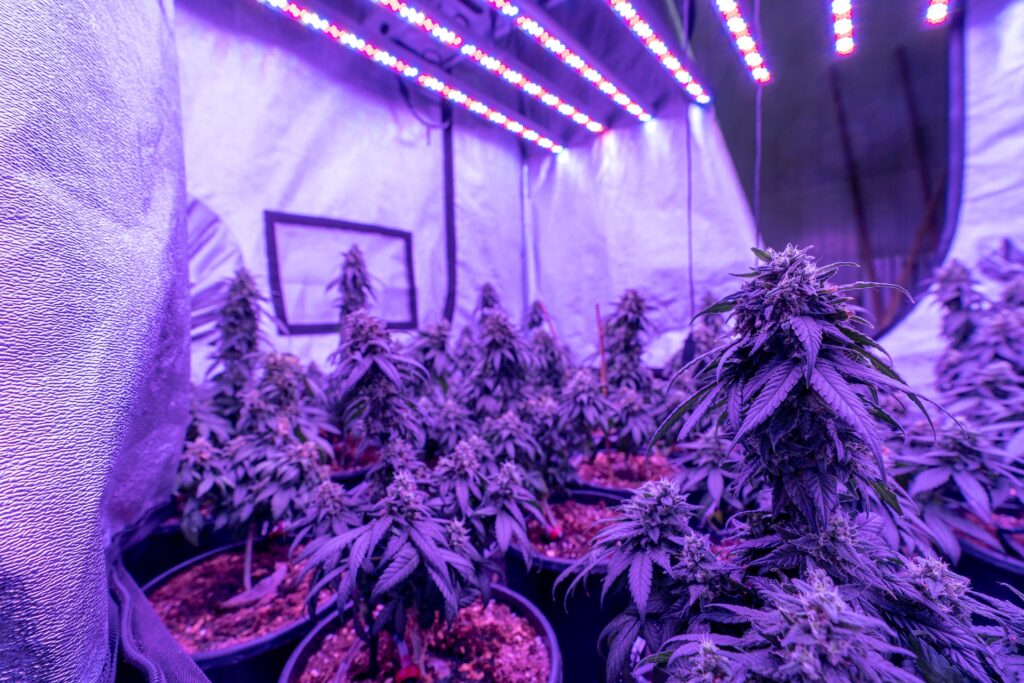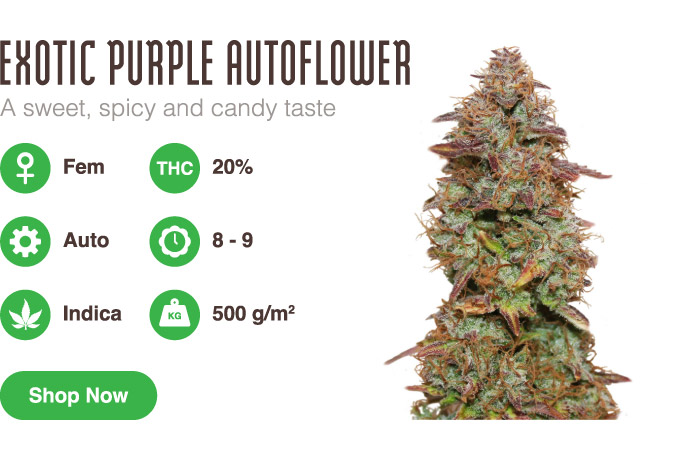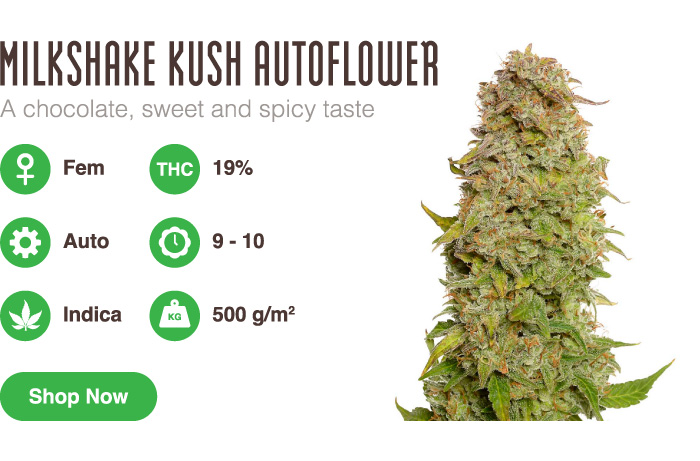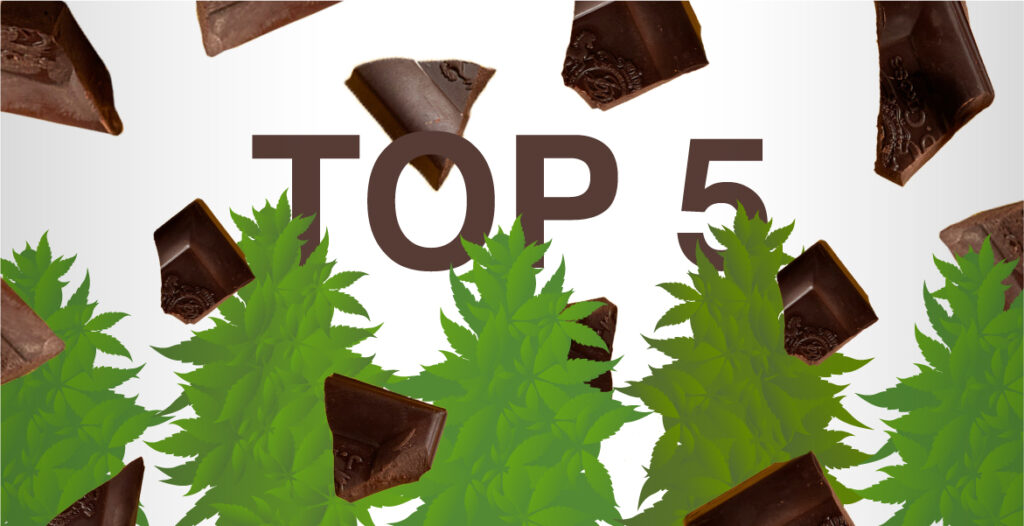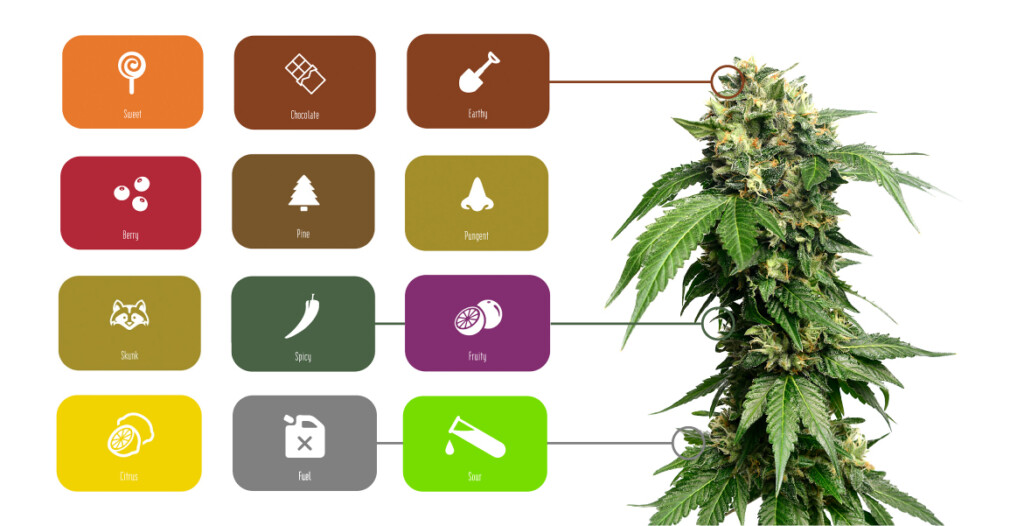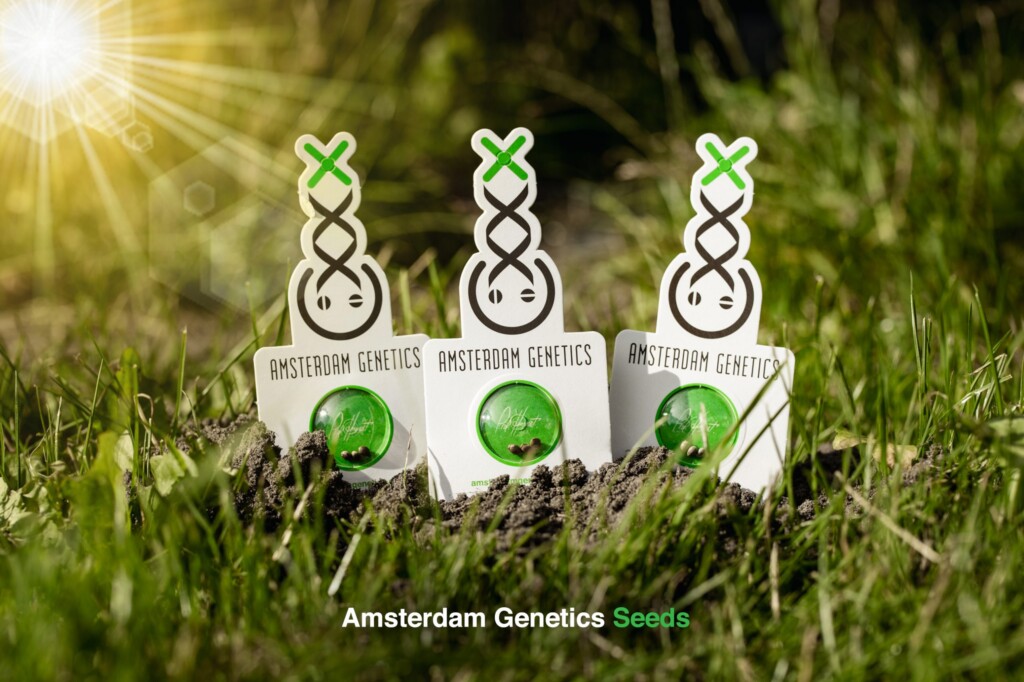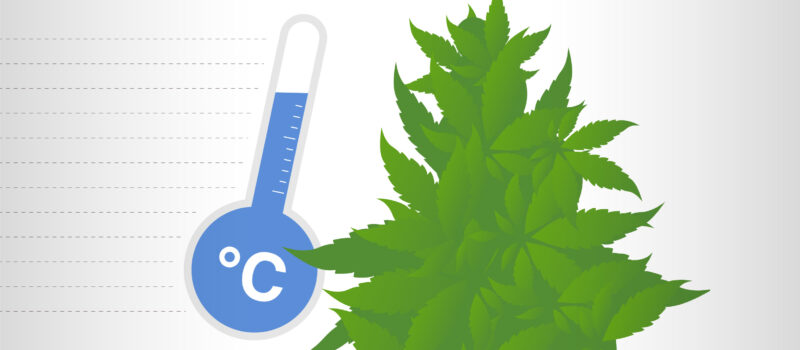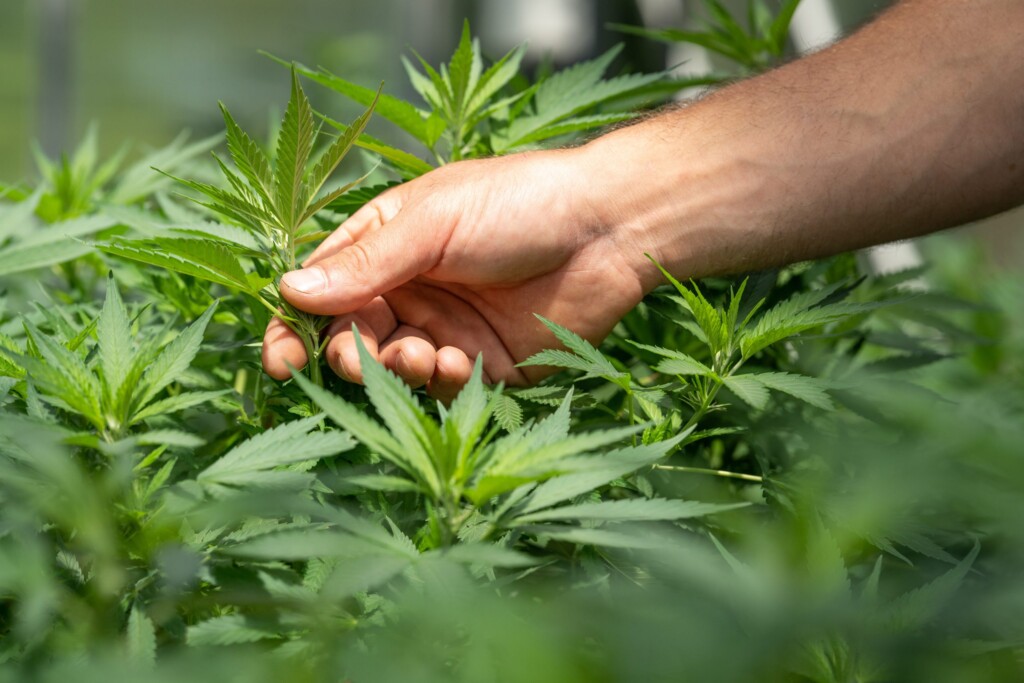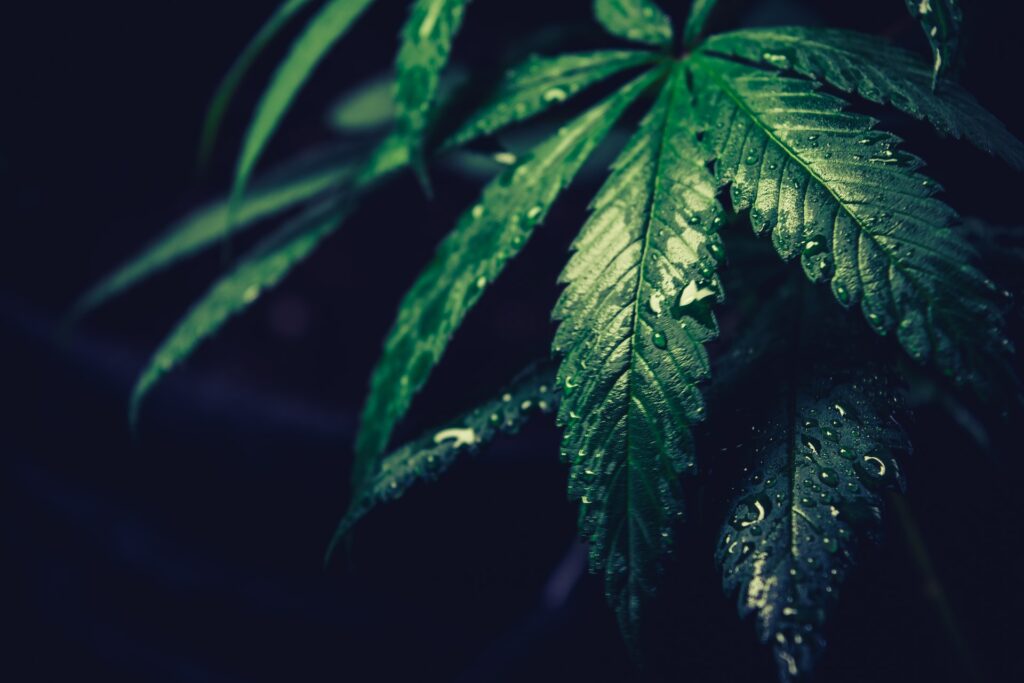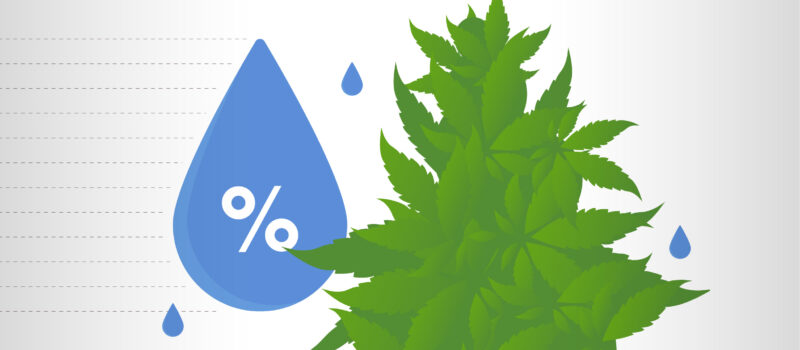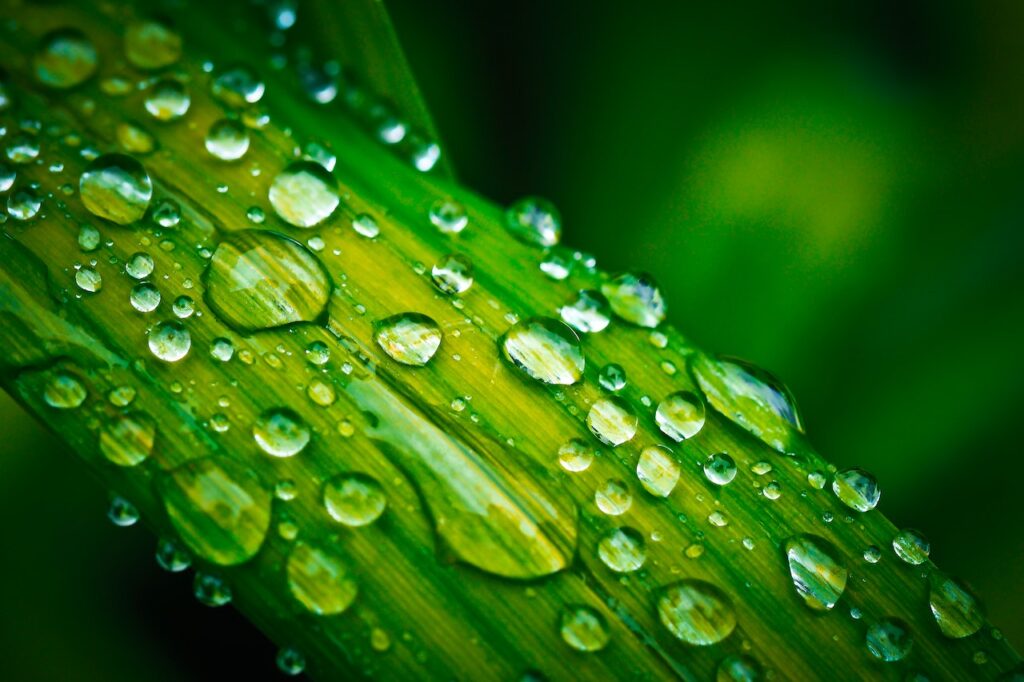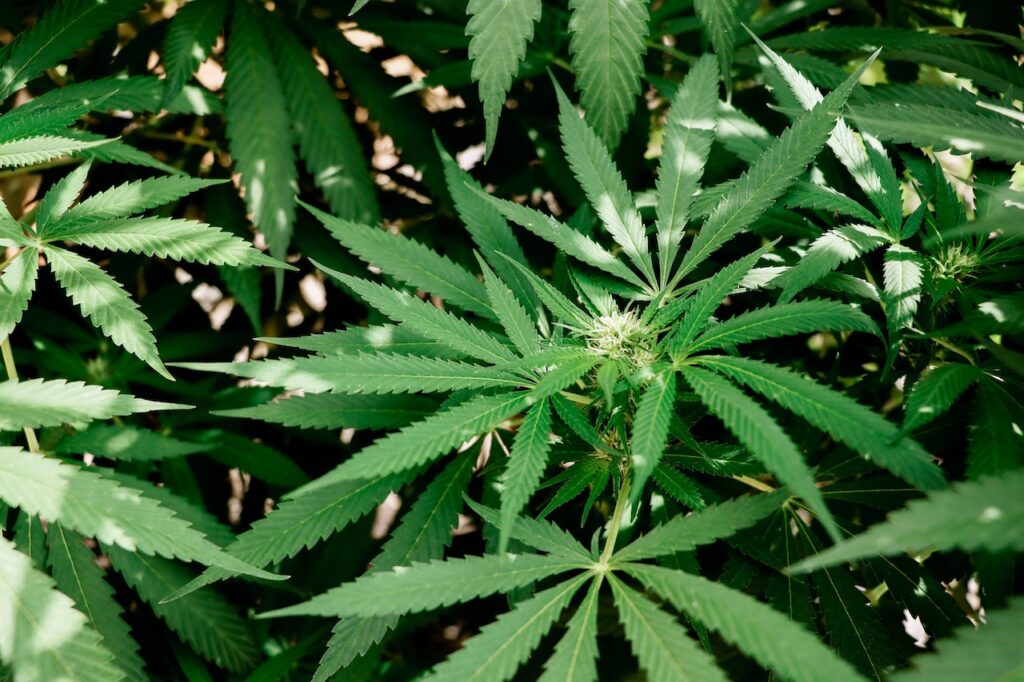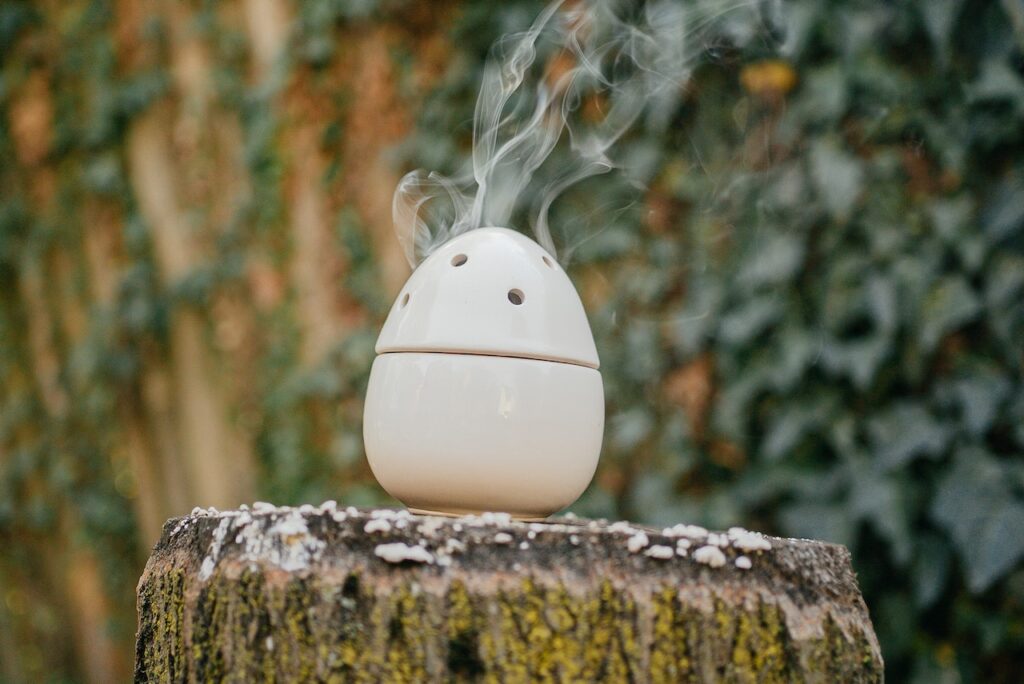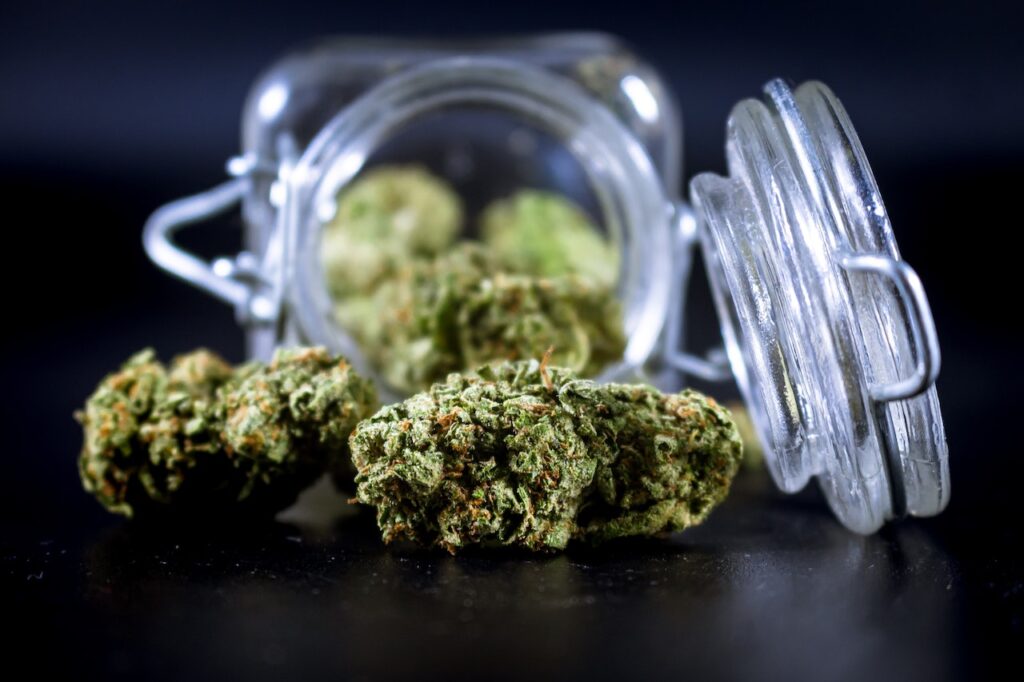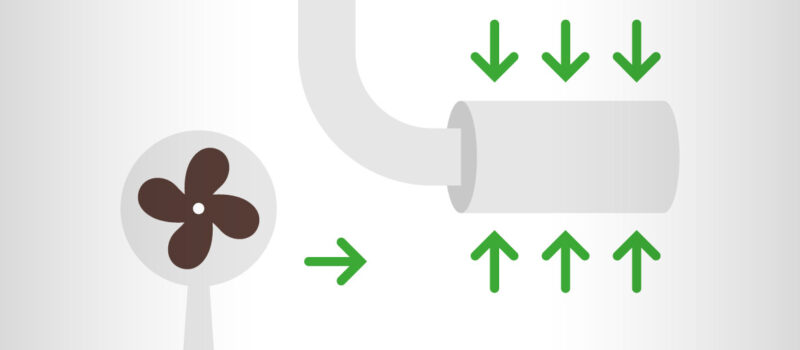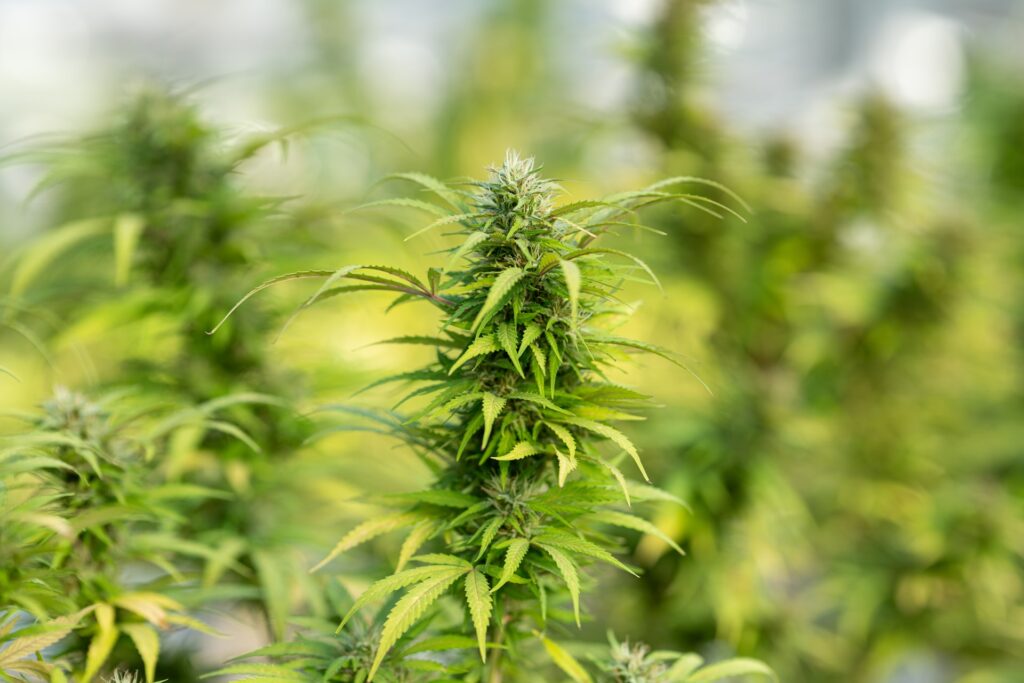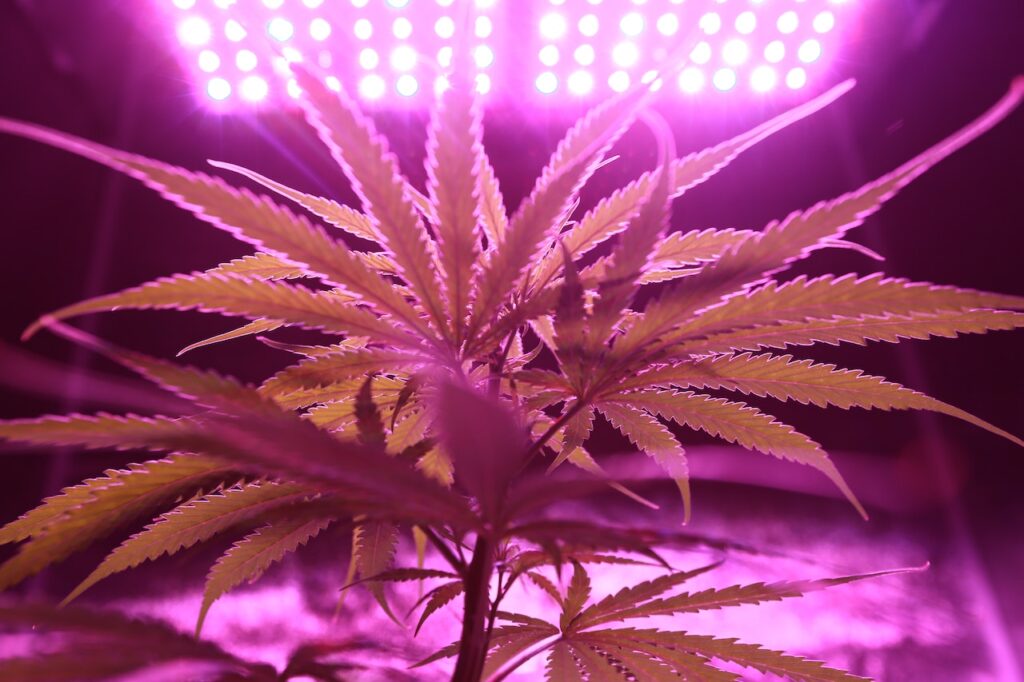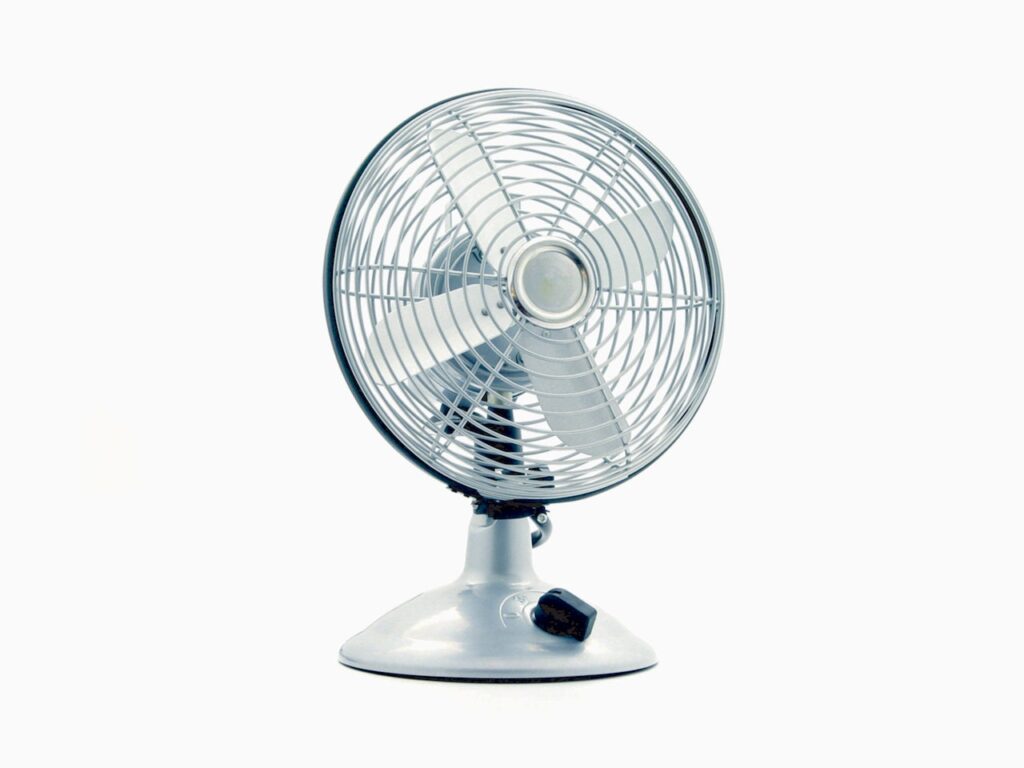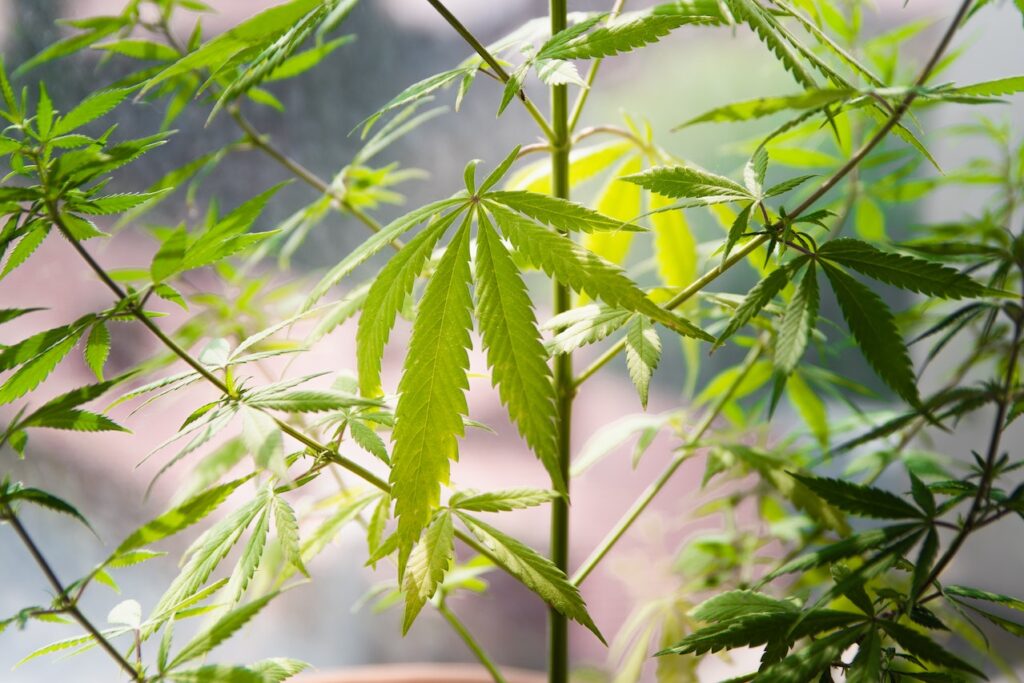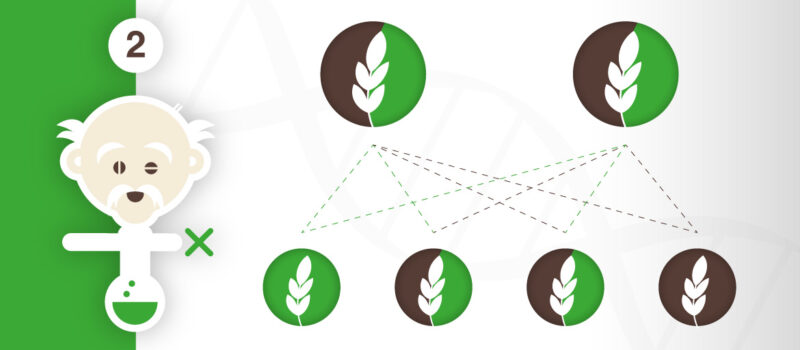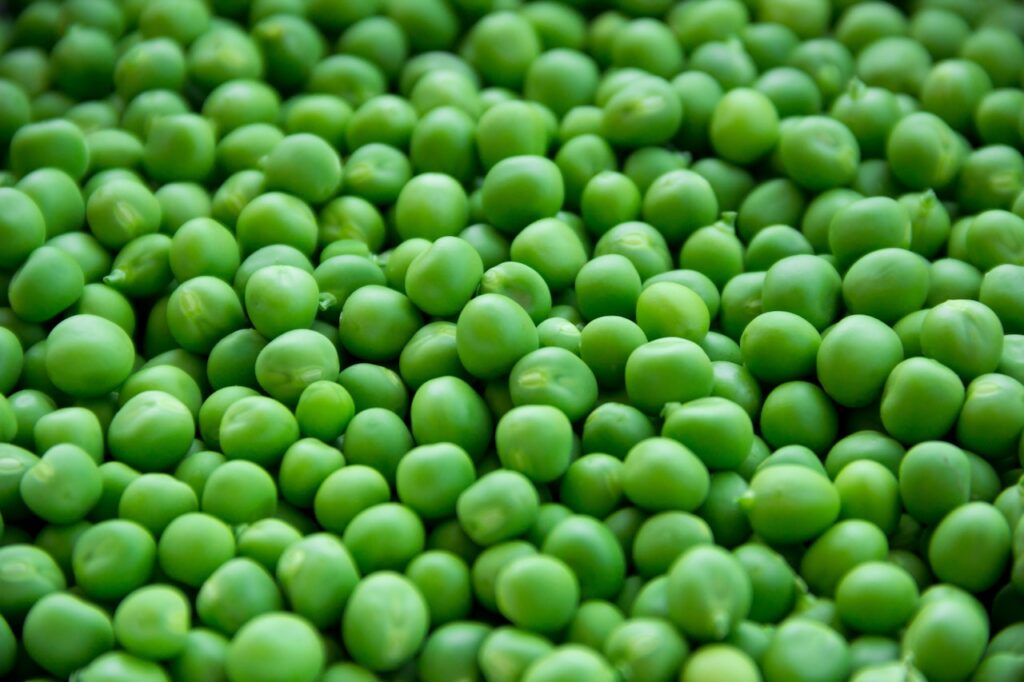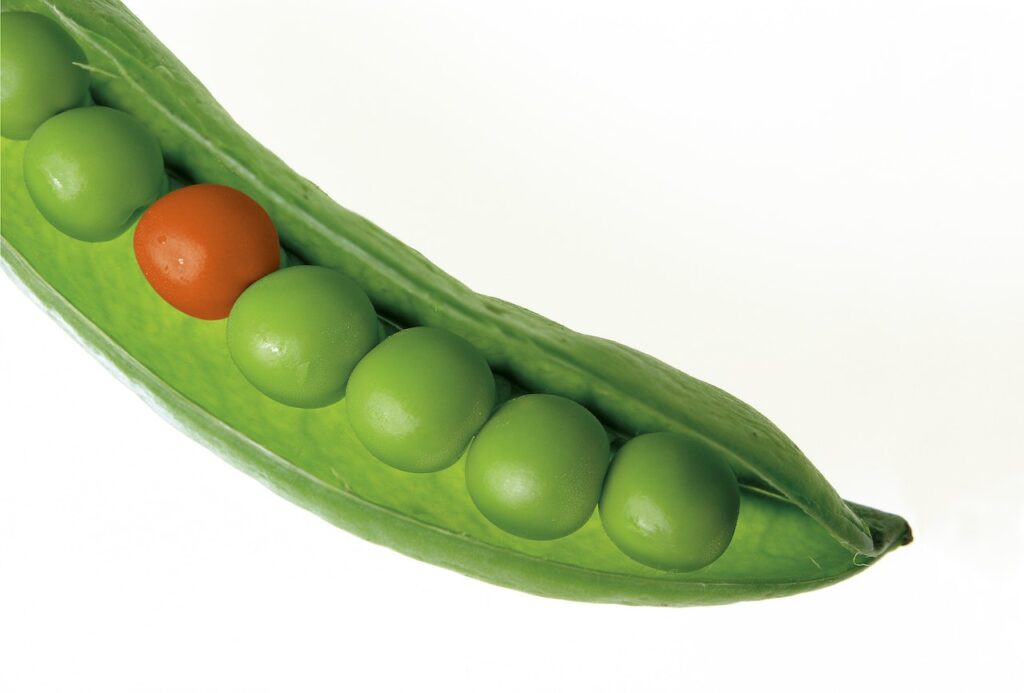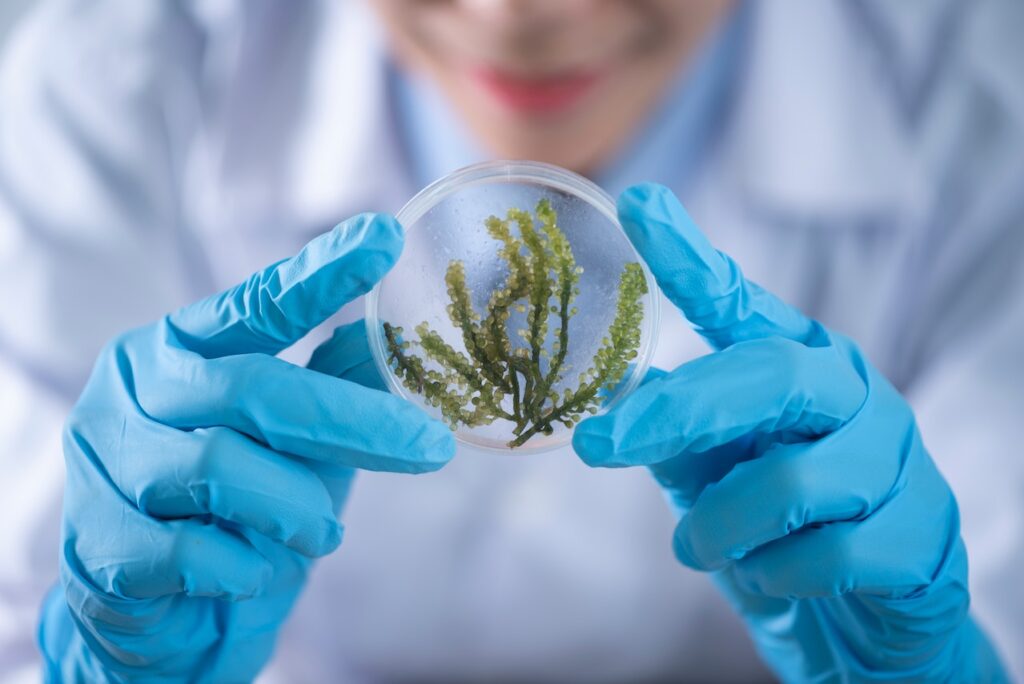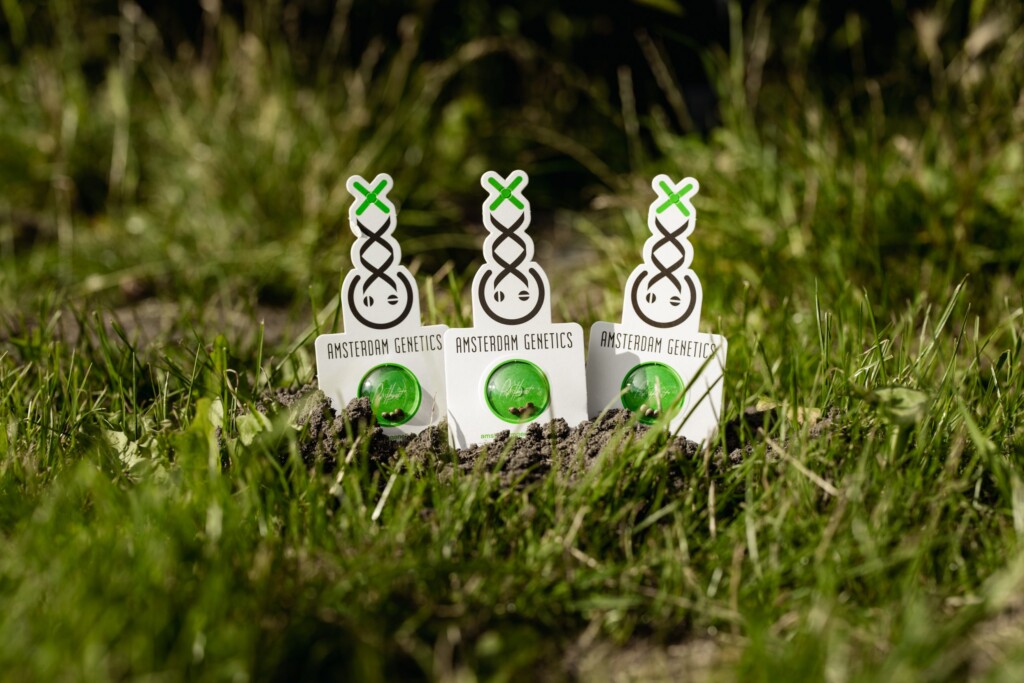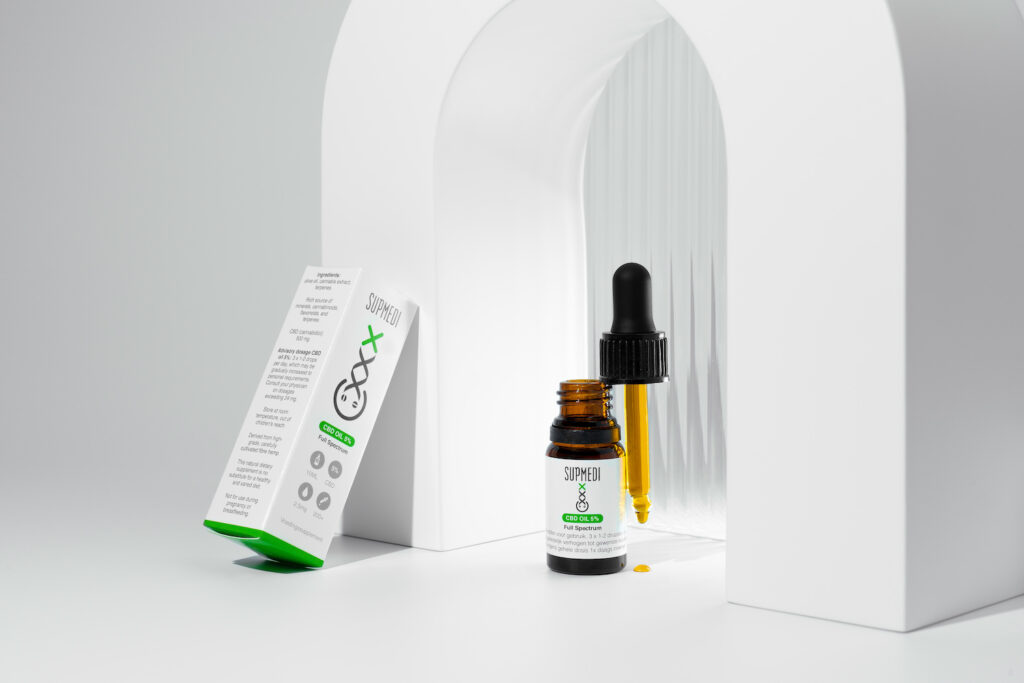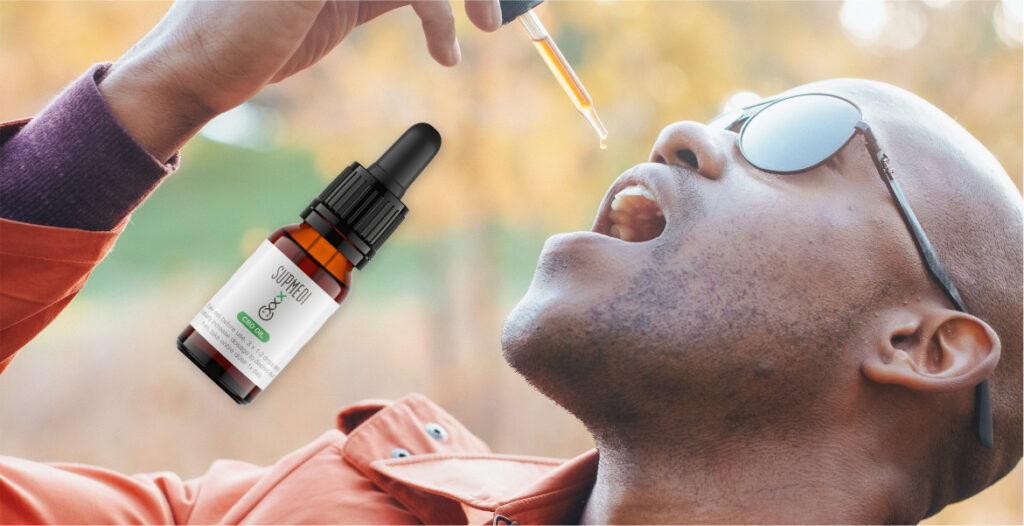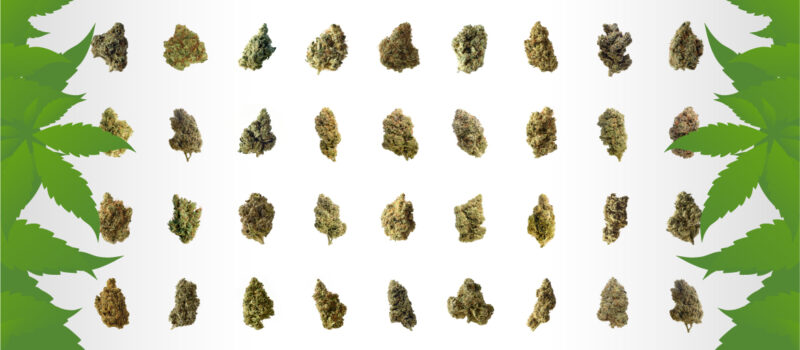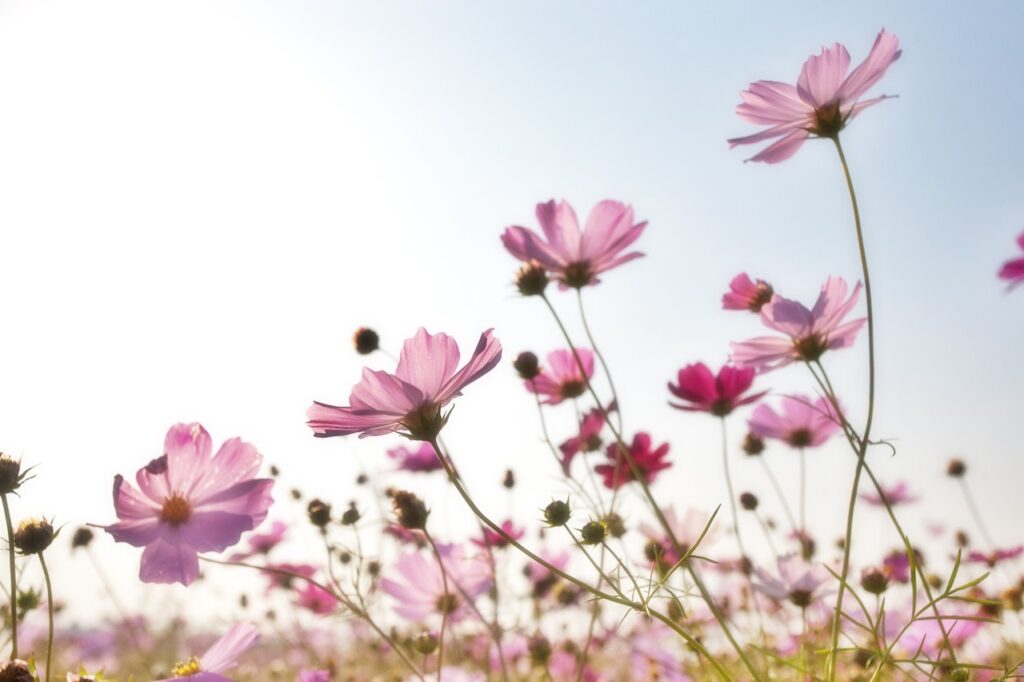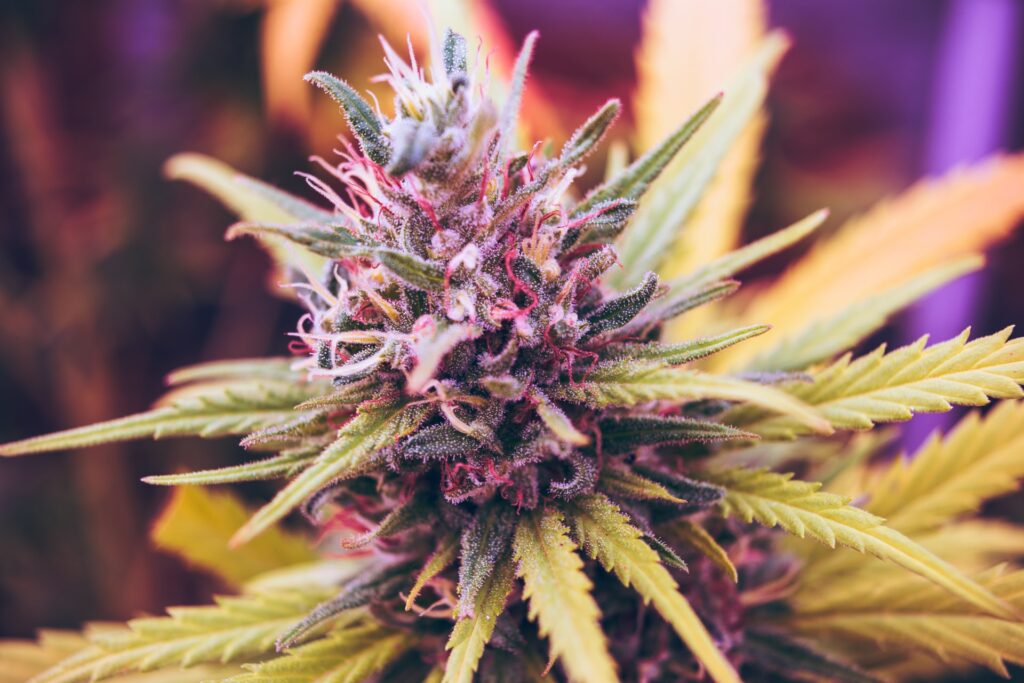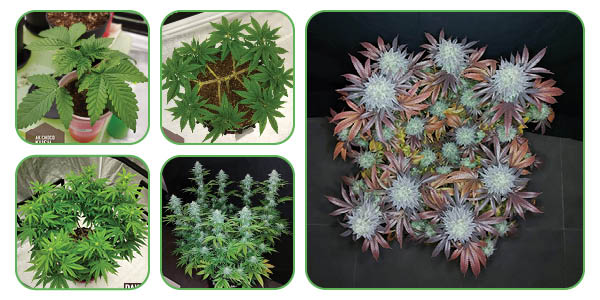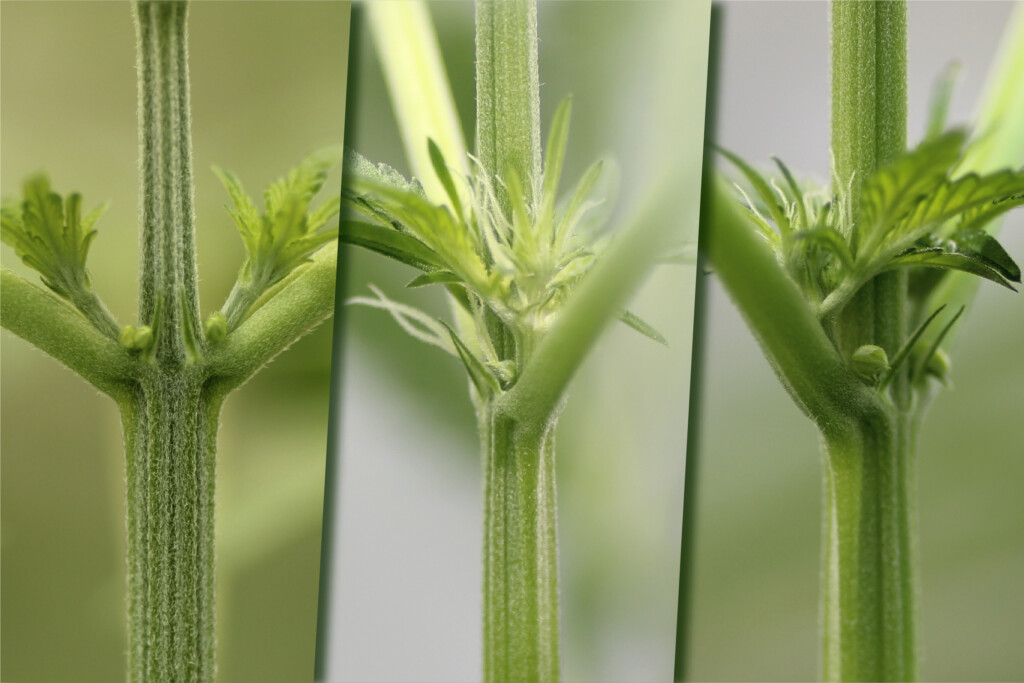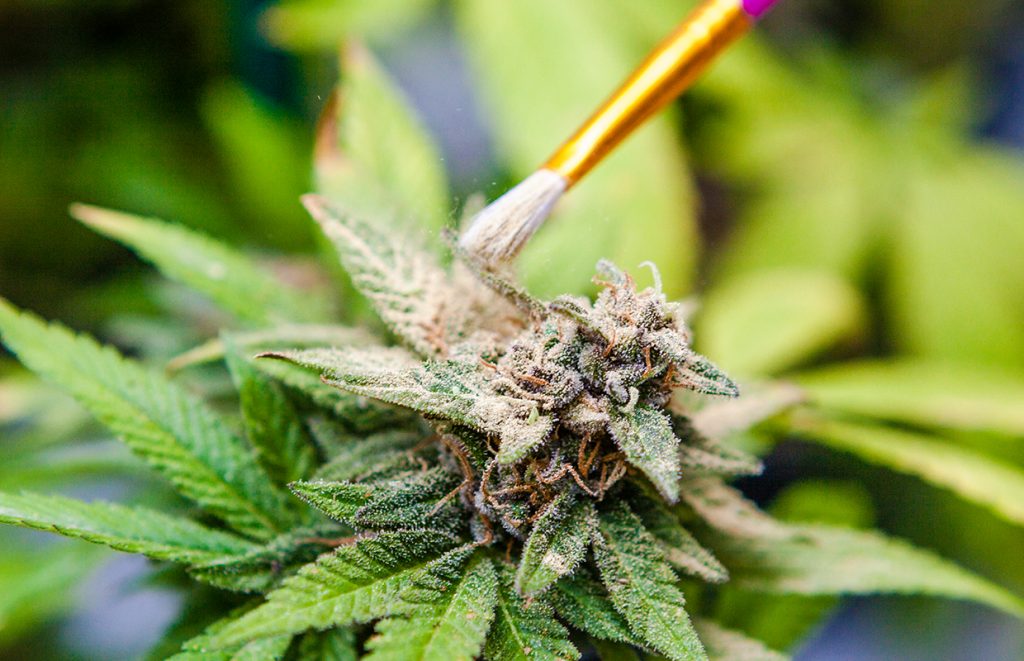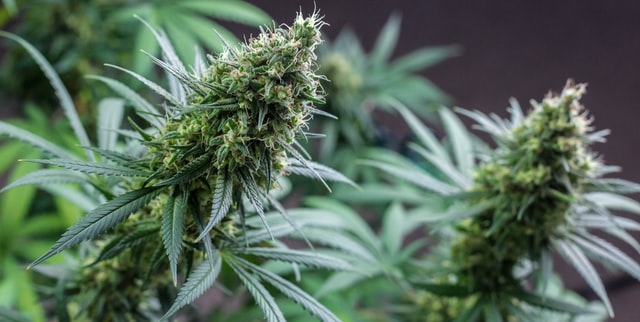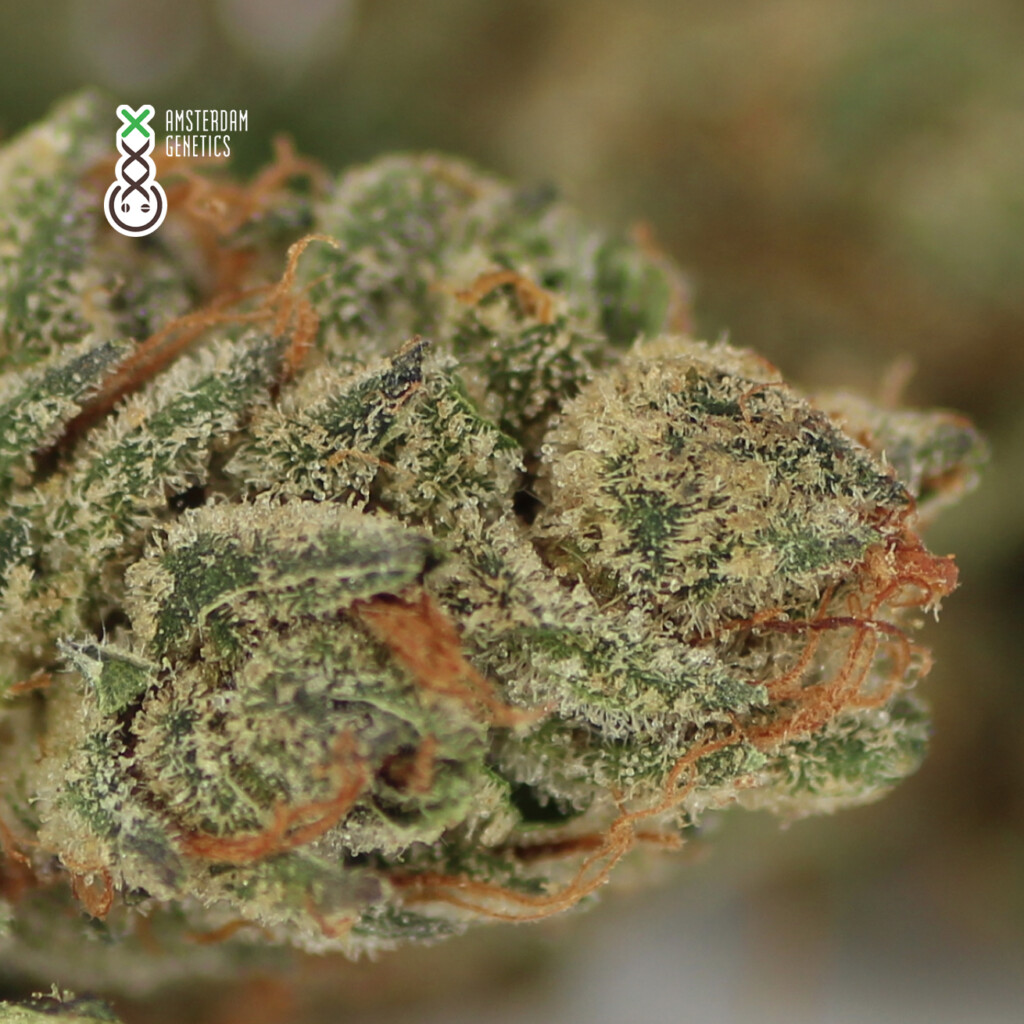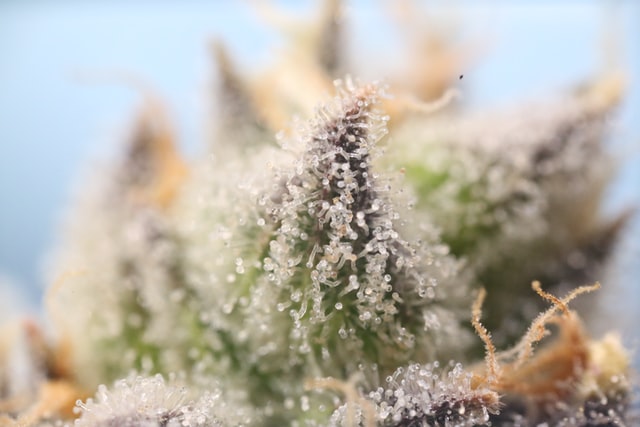If you’ve been growing your own weed for some time, you may find that planning your next run just doesn’t feel as thrilling as it used to do. Don’t worry that your precious hobby is losing your charm, though, because we are here to help. Check out these advanced cannabis growing techniques and pick the next challenge to keep things interesting and level up your indoor grower mastery!
Next Level Growing Techniques
As an experienced indoor gardener, you will have grasped the basics of growing cannabis by now. You will know how to handle the essential stages of germination, growth, and flowering after multiple runs. In all likelihood, you will have collected the knowledge and equipment necessary to raise your crops from seed to harvest without major problems.
That’s great news in terms of predictable outcomes, but on the other hand, your growing experience could lead to complacency, boredom, and the rising urge to try something new.
Well, don’t worry about losing your cannabis affection over a lack of horticultural challenges. We have a whole range of advanced cannabis growing techniques just waiting for you to give them a try!
Why Use Enhanced Grower Methods?
Most home grow veterans turn to new methods to improve their harvest results, either in terms of bud quality, total harvest quantity, or both. Some try to speed up the overall growth cycle for more annual harvests. Others just want to squeeze as many plants as possible into a cramped grow tent or broom closet. Alternatively, however, you could use certain advanced techniques for aesthetic purposes, raising beautiful plants with extraordinary shapes, sizes, or colours.
Many of the techniques discussed below focus on optimizing harvest volume in various ways. Some were invented by weed growing gurus, but most have been applied to other crops by generations of regular gardeners. Applying these advanced cannabis growing techniques to your own favourite weed strains can do much more than save you from ‘grower fatigue’, though. They will help you hone your green skills ever further, as the quality and amount of top notch bud you manage to rake in keeps rising to ever-new highs!
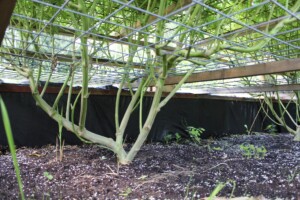
Basic Stuff
The advanced cannabis growing techniques discussed below are relatively straightforward. They all come with risks, however: there’s always a risk of harm involved in tinkering with living organisms. That means you will have to learn by trial and error, but don’t worry too much: the benefits tend to outweigh the risks, especially once you get some practice under your green belt.
Most of these next-level weed growing techniques are applied during the vegetative phase of the plant’s life cycle, before flowering sets in. This is the stage when the potential for growth is at its height, while the stems are still pliable and the plant has maximum capacity to cope with stress and damage. Many interventions either involve bending stems and branches to make more light and fresh air available, or cutting key parts of the plant to trigger regrowth of multiple buds.
Low Stress Training
Low Stress Training, or LST, is one of the easiest growing techniques out there. This approach aims to spread out the branches of the plant by bending them downward and then tying them in place. Since plants are programmed to grow toward the light, they will recover by ‘bouncing’ back up.
Low Stress Training results in a wider, lower plant structure that can be very handy in confined spaces. The main benefit, though, is allowing more air and light to reach the leaves and flowers, promoting growth of bigger, more potent buds with minimal risks involved.
Learn how to apply LST to your grow in this separate blog.
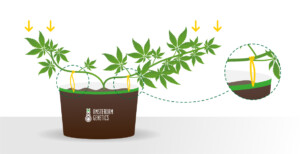
Screen Of Green
Screen Of Green, commonly abbreviated as ScrOG, uses the time-honoured technique of trellising to produce an even foliage canopy. This is done using a frame, or screen, consisting of wire mesh or similar materials. The resulting grid spreads out the stems of the plant evenly, ensuring that all branches receive enough light to produce full buds.
ScrOGging your plants is one of the most basic, non-invasive growing techniques out there. We suggest trying this one out as one of your first levelling-up exercises: you’ll discover just how to go about your first ScrOG run in this blog.
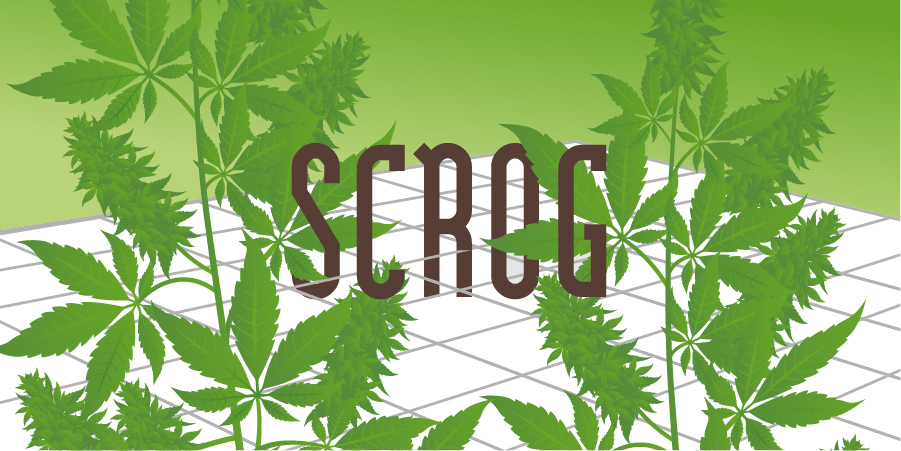
Sea Of Green
Sea of Green, or SOG, is a bit more risky than ScrOGging, but still less stress-provoking than most advanced cannabis growing techniques. Sea Of Green is all about making the most out of the space you have available by making a very early switch from the vegetative to the flowering stage. Obviously, this is an indoor growing technique, since it requires making an early ‘flip’, switching your lighting intervals to a 12/12 schedule before the actual growth stage concludes.
This will arrest plant growth, resulting in smaller specimens that usually produce only one worthwhile main cola to harvest. Counterproductive as this may sound, you have a good chance of ending up with more quality flower to harvest per square metre of floor surface.
If you would like to apply Sea Of Green to your next grow, read this blog for detailed SOG instructions.
High Risk, High Reward: Advanced Cannabis Growing Techniques
The following selection of advanced cannabis growing techniques is more risky in terms of potential stress and damage caused. However, they rewards involved tend to be bigger as well. If you are really looking to step up your game, and don’t mind a small chance of killing your darlings before you get the hang of them, feel free to try these out for even better results.
Topping
Topping is a commonly used advanced cannabis growing technique based on cutting out the top sections of a plant’s main stems. We know that sounds like a bad idea, but hear us out: what if we told you that for every terminal node you prune away, two new ones will appear as if by magic?
That’s right: a cannabis plant will respond to your decapitation efforts by growing producing two new growths instead, hydra-style. It’s easy to see how more growth tips gets you more potential buds on a single plant. Even though these colas are likely to grow less bulky than their non-topped counterparts, their sheer volume still tends to outweigh the yield of an au naturel plant.
We’ll show you just how to top your crop in this comprehensive guide.
Fimming
Fimming is a more extreme variation of the topping method discussed above. Whereas topping is applied to specific locations just underneath a plant’s terminal nodes or growth tips, fimming uses what you could call brute force to slash the tip itself in half. That explains the name: FIM is short for “F#ck, I missed!”
Fimming is a prime example of a high stress training technique. Understandably, it causes considerable shock and awe to your plant; and consequently, it will trigger an even more drastic stress response in turn. Whereas topping can double your amount of buds, FIM, if done right, can multiply the number of colas fourfold or even more.
Check out this detailed blog for full instructions on fimming.
Mainlining
Mainlining, also known as the manifold technique, actually combines topping and LST elements into a unified, high stress training approach. Here, the trick boils down to topping your plant to multiply the number of branches developing on each stem, and then using LST to spread out the new growth for optimal light and air availability.
Mainlining can be highly effective in improving the amount of harvestable weed per plant. Its drawbacks are the considerable levels of stress it can cause, as well as the restrictive influence of limited horizontal grow surfaces like modest-sized tents.
Find out all about mainlining in this technical explainer.
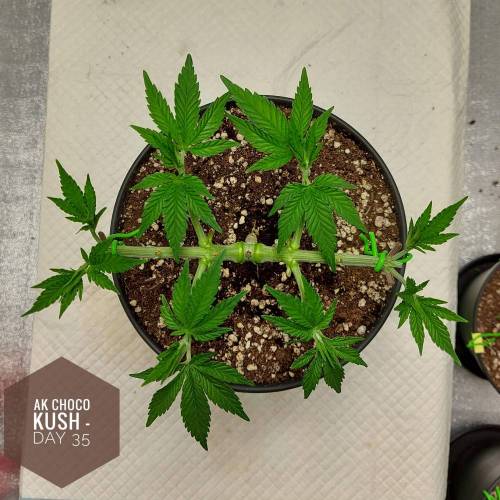
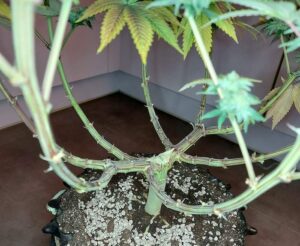
Supercropping
We will readily admit that there’s not much subtlety to the supercropping method, but it can still work wonders if you get it right. In supercropping, you purposely hurt and even maim your plant to stress it out. The main objective here is equal distribution of light, which is especially useful if your grow multiple plants with some specimens growing taller than others.
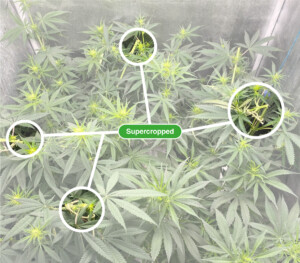
By gently crushing the tallest stems between your fingers, you will bend them back down to the ground and stop them from blocking out the light for the canopy layer below. Next, you support the bruised branches with sheathed wire to allow them to grow back up in a wider pattern. This creates a level playing field for your entire grow, resulting in more fat buds to harvest if you don’t take it too far.
Be sure to read all the details of supercropping here before you give it a go.
Best Strains For Advanced Cannabis Growing Techniques
Obviously, these growing techniques are intended for experienced growers only, so don’t go experimenting with them on your very first run. In addition, the best results are usually obtained by using tough genetics able to recover from any stress you cause them.
We suggest trying your advanced cannabis growing techniques on premium genetics only, such as the great selection of quality strains you’ll find in our online store. Our toughest and most forgiving plants are your best starting point, so we would suggest trying the following strains:
AK Choco Kush feminized
If you are interested in further inspiration to take your indoor grows to the next level, be sure to check all our suggestions for experienced indoor growers here. Remember that there is always a new way to make your cannabis hobby that much more interesting – until then, good luck improving your game!











